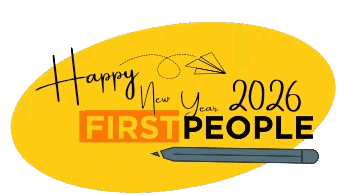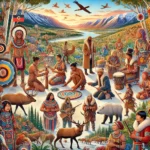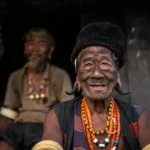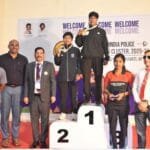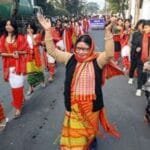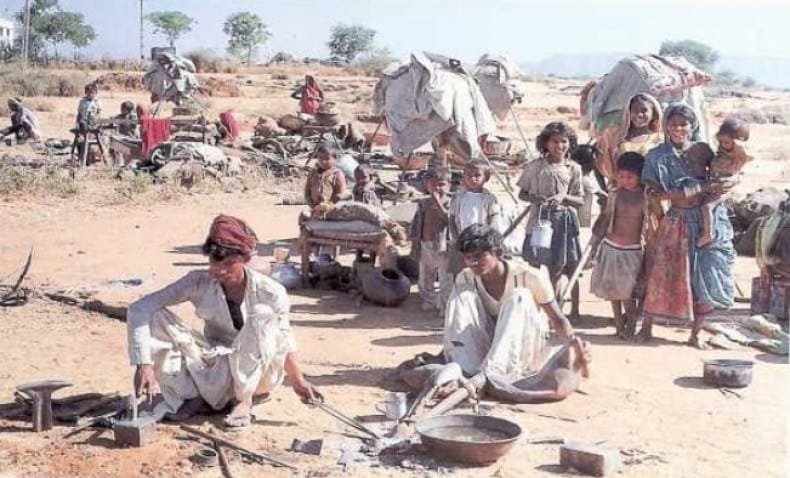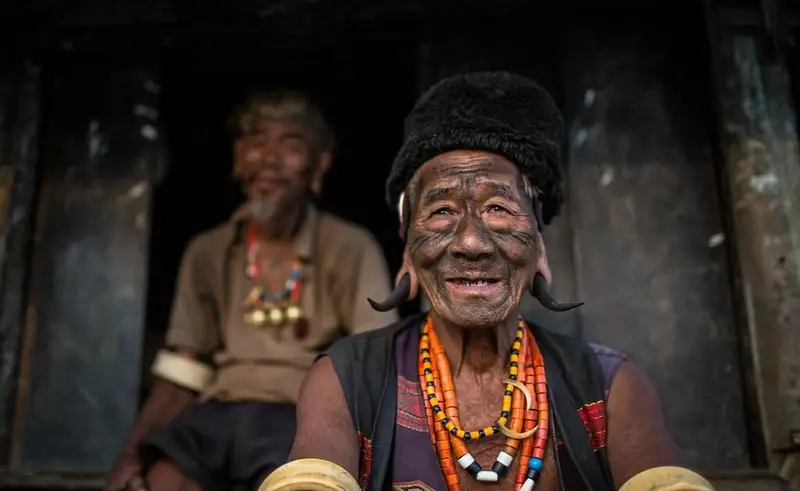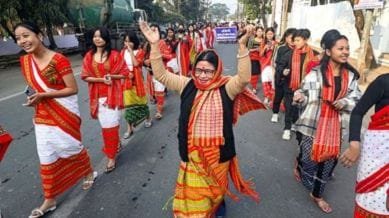For the first time, the Anthropological Survey of India (AnSI) and Tribal Research Institutes (TRIs) have systematically categorized 268 denotified, semi-nomadic, and nomadic tribes that had never been classified before. After a three-year study, they have recommended the inclusion of 179 of these communities in the Scheduled Castes (SC), Scheduled Tribes (ST), and Other Backward Classes (OBC) lists. Among them, 85 communities are being considered for classification for the first time. However, the study also found that 63 unclassified communities were “not traceable,” likely due to assimilation into larger groups, name changes, or migration to other states.
Why Was This Study Necessary?
Since the repeal of the Criminal Tribes Act in 1949, multiple commissions have attempted to classify denotified communities. The First Backward Classes Commission, led by Kaka Kalelkar, was the first to address this issue. Subsequent efforts by the Lokur Committee (1965), the Mandal Commission (1980), the Renke Commission (2008), and the Idate Commission (2017) also sought to classify these tribes but were unable to identify all communities.
The most recent attempt came from the Bhiku Ramji Idate Commission, which submitted its report in December 2017. This report identified over 1,200 denotified, semi-nomadic, and nomadic tribes and highlighted 267 communities that had never been classified. It strongly recommended completing the classification process. In response, the Prime Minister’s Office formed a Special Committee in February 2019, chaired by the Vice Chairperson of NITI Aayog, with members including Mr. Idate, Dr. J.K. Bajaj of the Centre for Policy Studies, and the Director-General of AnSI. This committee assigned the classification work to AnSI and TRIs, which began the study in February 2020 and submitted their report in August 2023.
The Need for Categorization
In December 2022, the Parliamentary Standing Committee on Social Justice and Empowerment criticized the government for its delays in categorizing these communities. It warned that without swift action, affected groups would continue to be deprived of welfare benefits meant for SCs, STs, and OBCs.
S. Narayan, Professor Emeritus at the Institute of Social Sciences in New Delhi, noted that misclassification issues date back to colonial-era censuses. He explained that many tribes were wrongly labeled as castes and vice versa, often influenced by political considerations—a trend that persisted post-Independence. While categorization is often viewed through a political lens, an anthropological approach would yield more accurate classifications.
Experts like Dr. B.K. Lodhi, who assisted the Idate Commission, highlighted the difficulty in organizing these communities without a comprehensive list. He pointed out that while some tribes are classified under SC, ST, or OBC categories, others remain unrecognized, leading to inconsistencies in their access to government benefits.
Potential Impact of the Classification
With the classification process nearing completion, the implications are both political and social. Activists in Uttar Pradesh, Haryana, Madhya Pradesh, and Gujarat are challenging the rationale behind placing these communities under SC, ST, or OBC categories, particularly concerning reservations.
Within the Development and Welfare Board for Denotified, Nomadic, and Semi-Nomadic Communities, two opposing viewpoints have emerged. One faction advocates for completing the classification to ensure these tribes receive benefits under SC, ST, or OBC categories. The other calls for a distinct constitutional schedule exclusively for denotified tribes, arguing that their unique socio-historical background warrants separate recognition.
If the government acts on the study’s recommendations, state governments will find it easier to initiate inclusion processes at their discretion.
What’s Next?
Although AnSI and TRIs have completed their ethnographic study, the report remains under review by the Special Committee led by the NITI Aayog’s Vice Chairperson. Officials have indicated that the committee is currently scrutinizing the recommendations and will soon finalize a report for the government’s consideration. The government’s response will determine the future course of action in classifying and supporting these historically marginalized communities.
